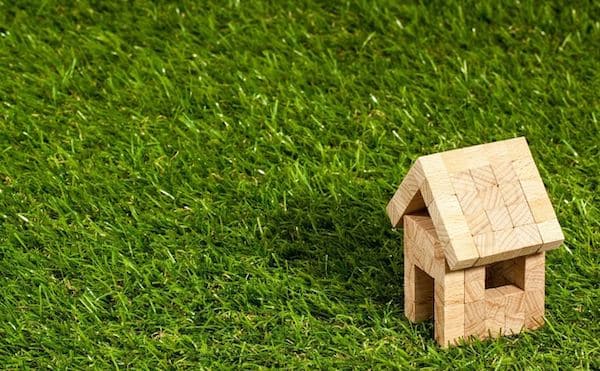Throughout many of the articles that we have published in this space, we have shared our construction philosophy, inseparable from our environmental commitment, by understanding that a healthy home must be so both with ourselves and with our environment. And despite that environmental regulations are gaining more and more weight and that for years there have been mature certifications such as BREEAM (Building Research Establishment Assessment Methodology), the truth is that it is still necessary to give a greater boost to the sustainable architecture or to green building.
One of the maxims/refrains that at Blues Simon Group we understand that is to be given in this respect: is that the home must adapt to the environment and not the other way around. Hence, many of our efforts should be directed towards that organic integration of the building with nature. This point does not consist solely of an aesthetic issue, but of the construction cycle itself, starting with the design, going through the selected materials and ending with waste management and subsequent maintenance.
Along these lines, needless to say that any use of materials containing heavy metals (chromium, zinc …) or PVC, as well as paints that emit toxic particles such as xylene, toluene, ketones, etc. are strictly prohibited.

Playing together with nature
One of the essential principles of a sustainable home is that it makes the most of the natural conditions, not only of the land on which it stands –for which geo-biological studies are carried out-, but of its orientation, climatic conditions, etc. It is what is commonly understood by “bioclimatic” and that allows the energy needs of the building to be reduced to a minimum. Therefore instead of playing with nature, rather it would be to do it next to it, using solar, wind, geothermal energy, etc.
On other occasion we have addressed the advantages of complying with standards such as Passivhaus, which give rise to passive buildings in which it is possible to reduce the heating and cooling needs by more than 75%.Carrying out a preliminary study according to this methodology (of the type of insulation, thermal bridges, orientation of holes/gaps …) we can get our home to work for us, maintaining thermo-hygrometric conditions (temperature, humidity and ventilation environment) without additional energy input.
The importance of materials
The choice of materials is essential in a sustainable housing project, which gives us the opportunity to recover some of them which until not long ago we had them abandoned somehow. In this sense, wood is king, not only because it is one of the materials with the lowest environmental impact in its production, but also because of its good insulating capacity, capable of saving about 60% in heating / cooling. To this is also added, the cheapening that wood supposes with respect to other alternatives, and can be easily combined with them.
We cannot forget another of the materials with which wood combines best: natural stone, which also happens to be one of the great insulators against inclement weather. It has become, in fact, one of the great exponents of sustainable architecture, from slate to limestone, through sandstone, marble or granite, among others.
The plot is also part of your home
On the other hand, sustainable architecture does not focus exclusively on the house itself, but also on what surrounds it, that is, the plot in which it is located, where we can enjoy the natural environment, taking advantage of the wide range of native species that the Mediterranean climate gives us.
Betting on this will not only provide us with a healthier environment, but will also facilitate the maintenance of plants with less water consumption. Enjoying the tranquility of a good garden and extending our healthy home to the outside is within our reach with very little effort, even betting on innovative solutions such as vertical gardens that will act as insulation, absorbing up to 50% of the noise generated in the exterior of the house.
If you are considering the possibility of undertaking a new housing project, 2021 may be a good year to bet on sustainable architecture and recover the connection with nature.







Leave A Comment